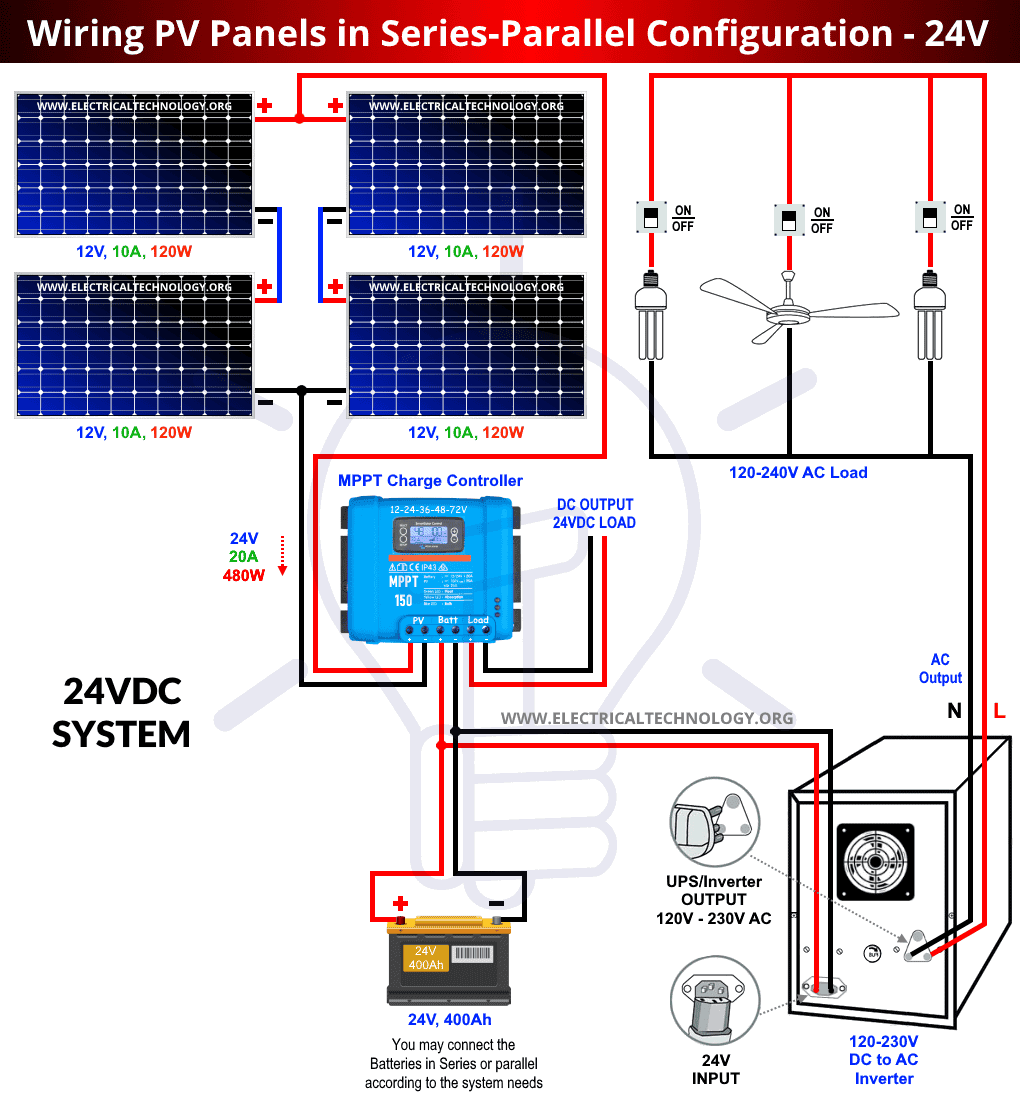“Solar panel installation wiring for house”
Introduction to Solar Panel Installation Wiring
Solar panel installation wiring involves connecting the solar panels to the electrical system of the house, allowing the generated electricity to be used to power appliances and lighting. The wiring system consists of several components, including the solar panels, mounting structures, wiring harnesses, inverters, and electrical panels. The installation process requires careful consideration of safety, efficiency, and compliance with local building codes and regulations.
Components of Solar Panel Installation Wiring
- Solar Panels: The solar panels are the primary component of the solar panel installation, responsible for generating electricity from sunlight. They come in various sizes and types, including monocrystalline, polycrystalline, and thin-film panels.
- Mounting Structures: The mounting structures, such as racks or trackers, support the solar panels and ensure they are securely fastened to the roof or ground.
- Wiring Harnesses: The wiring harnesses connect the solar panels to the inverter and electrical panel, transmitting the generated electricity.
- Inverters: The inverters convert the direct current (DC) generated by the solar panels into alternating current (AC) that can be used by household appliances.
- Electrical Panels: The electrical panels, also known as breaker boxes, distribute the generated electricity to the various parts of the house.
- Grounding System: The grounding system provides a safe path for electrical current to flow to the ground in the event of a fault or short circuit.
- Disconnects: The disconnects allow for the isolation of the solar panel system from the electrical grid and are used for maintenance and troubleshooting.

Steps for Solar Panel Installation Wiring
- Assess the Site: Before commencing the installation, assess the site to determine the best location for the solar panels, considering factors such as sunlight exposure, wind direction, and structural integrity.
- Plan the System: Plan the solar panel system, including the number and type of solar panels, mounting structures, and wiring harnesses.
- Install the Mounting Structures: Install the mounting structures, ensuring they are securely fastened to the roof or ground.
- Install the Solar Panels: Install the solar panels, connecting them to the mounting structures and wiring harnesses.
- Connect the Wiring Harnesses: Connect the wiring harnesses to the solar panels, inverter, and electrical panel.
- Install the Inverter: Install the inverter, ensuring it is properly configured and connected to the electrical panel.
- Install the Electrical Panel: Install the electrical panel, ensuring it is properly connected to the inverter and the rest of the house’s electrical system.
- Ground the System: Ground the system, ensuring a safe path for electrical current to flow to the ground.
- Test the System: Test the system, ensuring it is functioning correctly and safely.


Best Practices for Solar Panel Installation Wiring
- Follow Local Building Codes and Regulations: Ensure compliance with local building codes and regulations, including electrical and safety standards.
- Use High-Quality Materials: Use high-quality materials, including solar panels, mounting structures, and wiring harnesses, to ensure a safe and efficient installation.
- Hire a Qualified Installer: Hire a qualified installer with experience in solar panel installation wiring to ensure a professional and safe installation.
- Conduct Regular Maintenance: Conduct regular maintenance, including cleaning and inspecting the solar panels, to ensure optimal performance and longevity.
- Monitor the System: Monitor the system, using tools such as monitoring software and energy meters, to track performance and identify any issues.
Safety Considerations for Solar Panel Installation Wiring
- Electrical Shock: Electrical shock is a significant risk when working with electrical systems, including solar panel installation wiring. Ensure all personnel involved in the installation are properly trained and equipped.
- Fire Risk: Fire risk is a concern when working with electrical systems, particularly in areas with high temperatures or flammable materials. Ensure the system is properly configured and maintained to minimize fire risk.
- Structural Integrity: Structural integrity is critical when installing solar panels, particularly on rooftops. Ensure the mounting structures are securely fastened to the roof and can support the weight of the solar panels.
- Weather Conditions: Weather conditions, such as heavy winds, hail, or extreme temperatures, can impact the safety and efficiency of the solar panel system. Ensure the system is designed and installed to withstand local weather conditions.
Conclusion
Solar panel installation wiring is a critical component of a solar panel system, requiring careful planning and execution to ensure a safe and efficient installation. By following the steps and best practices outlined in this article, homeowners can ensure their solar panel system is properly installed and functions optimally. Remember to hire a qualified installer, use high-quality materials, and conduct regular maintenance to ensure a safe and efficient solar panel system.
Additional Tips and Recommendations
- Consider Energy Storage: Consider energy storage options, such as batteries, to store excess energy generated by the solar panels and use it during periods of low sunlight or at night.
- Monitor Energy Consumption: Monitor energy consumption, using tools such as energy meters and monitoring software, to track energy usage and identify areas for improvement.
- Regularly Inspect the System: Regularly inspect the system, including the solar panels, mounting structures, and wiring harnesses, to ensure optimal performance and longevity.
- Consider Grid-Tie or Off-Grid Systems: Consider grid-tie or off-grid systems, depending on local regulations and energy requirements, to ensure a safe and efficient solar panel system.
By following these tips and recommendations, homeowners can ensure their solar panel system is safe, efficient, and optimal, providing years of clean and renewable energy.





